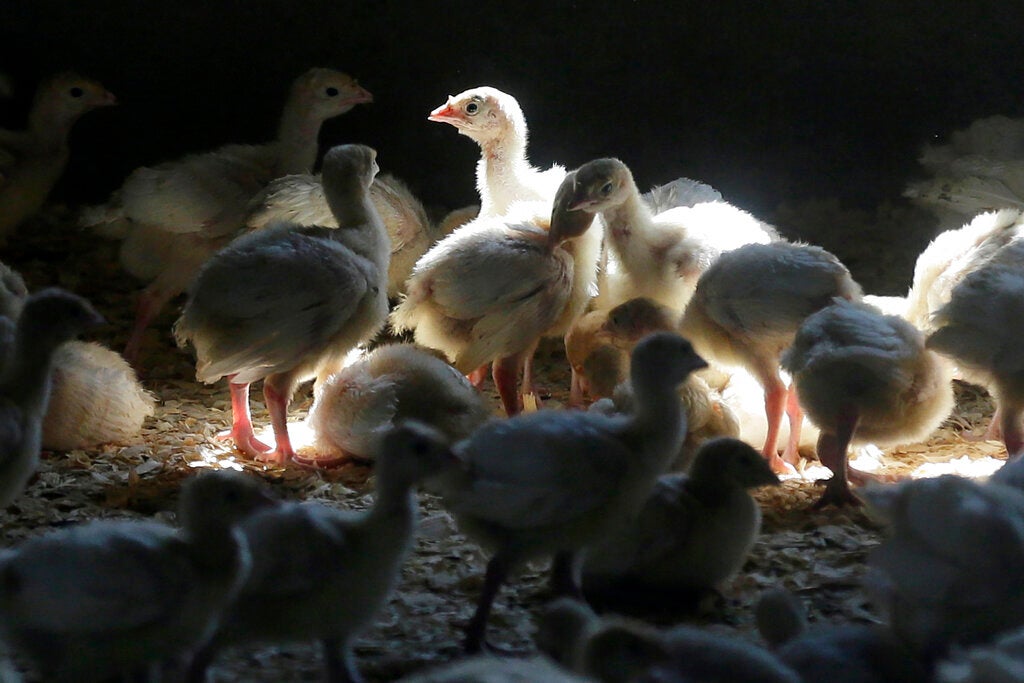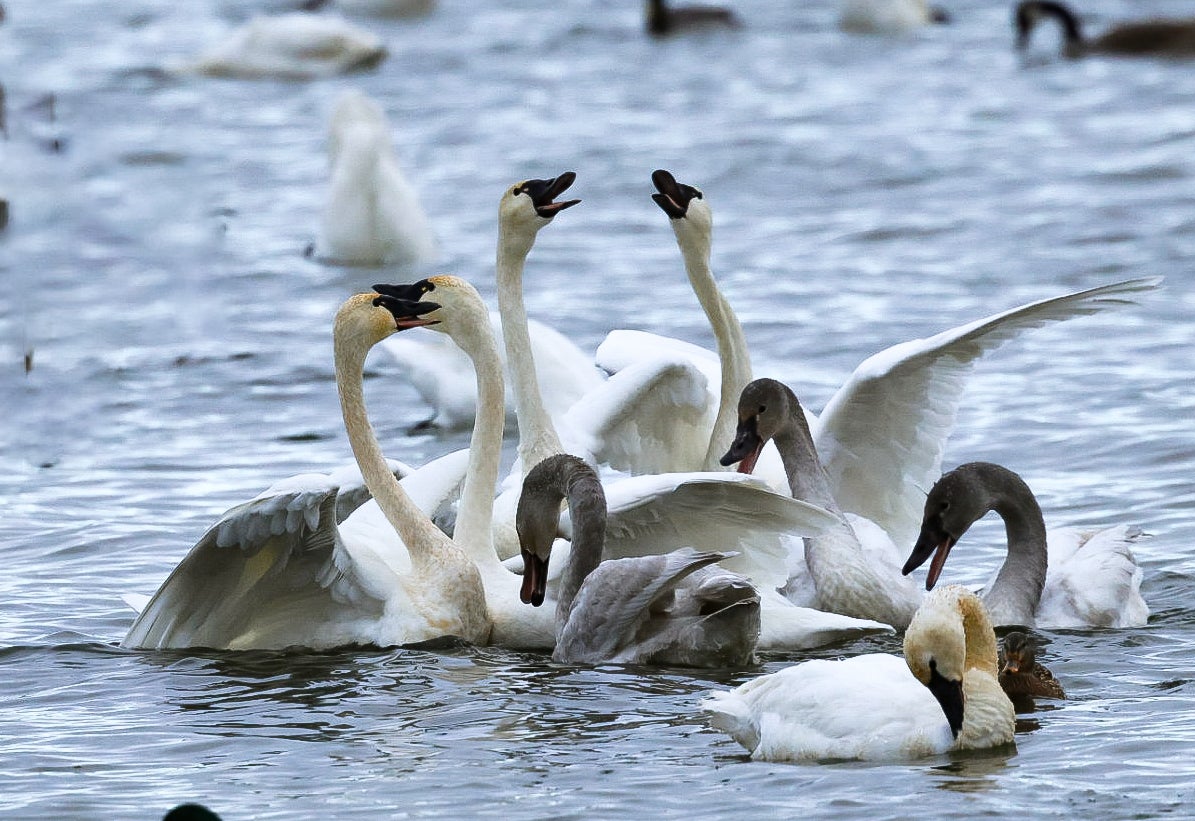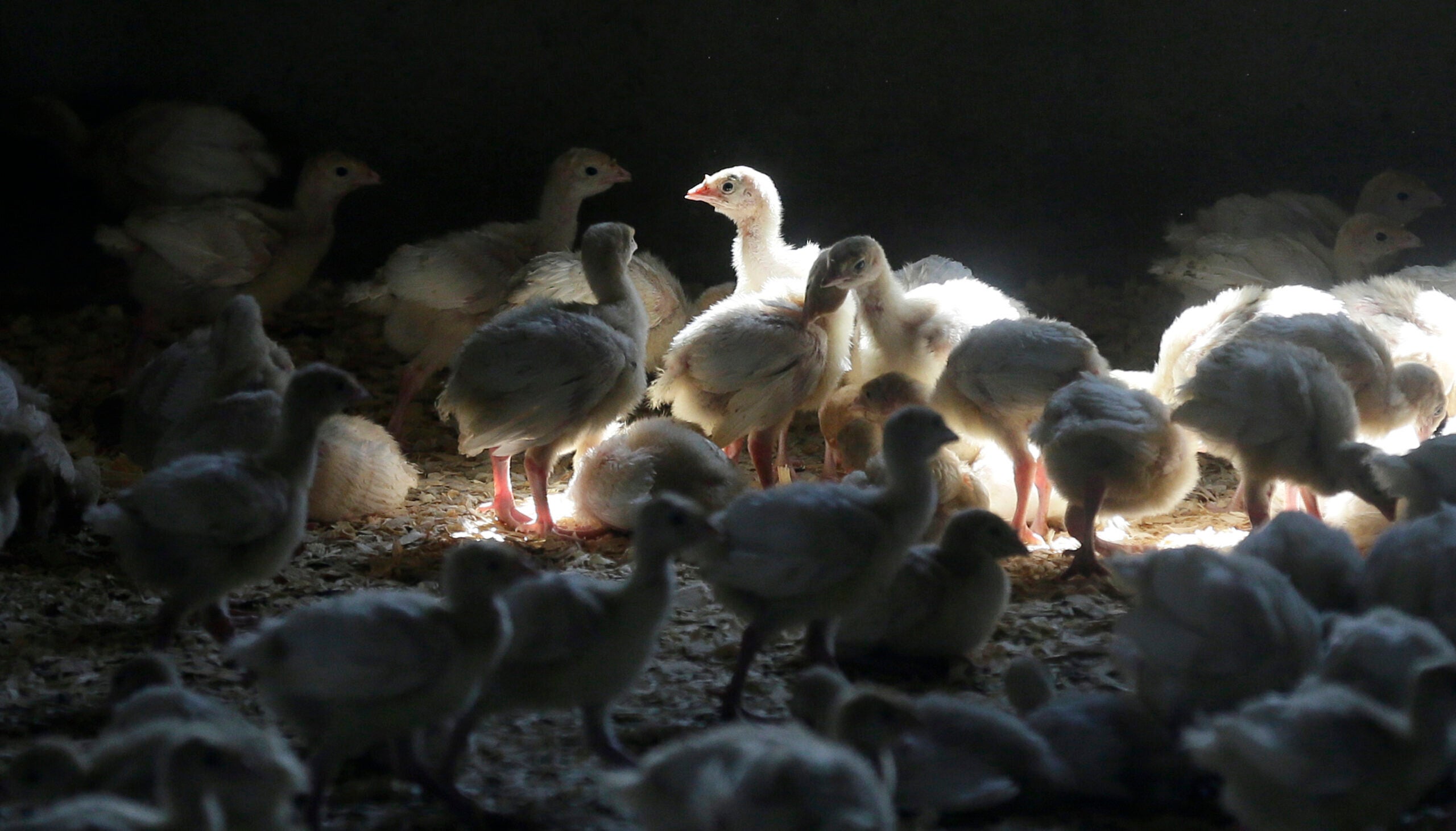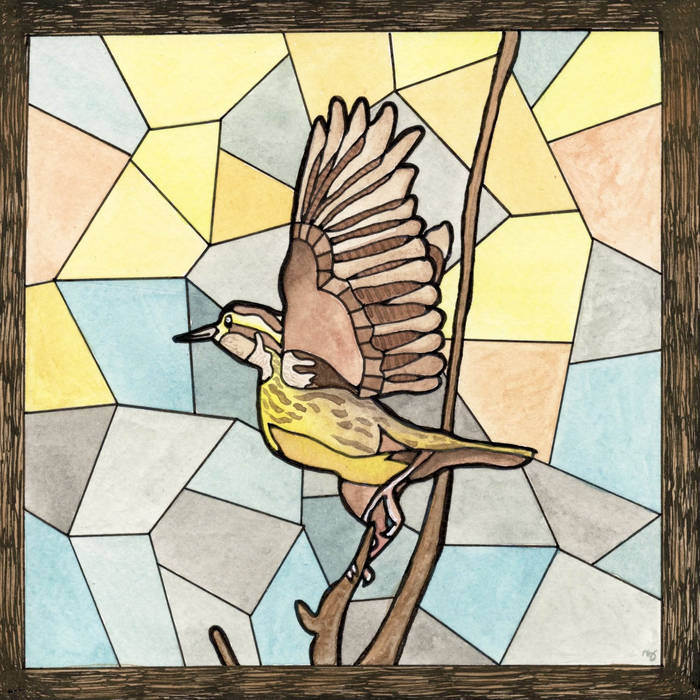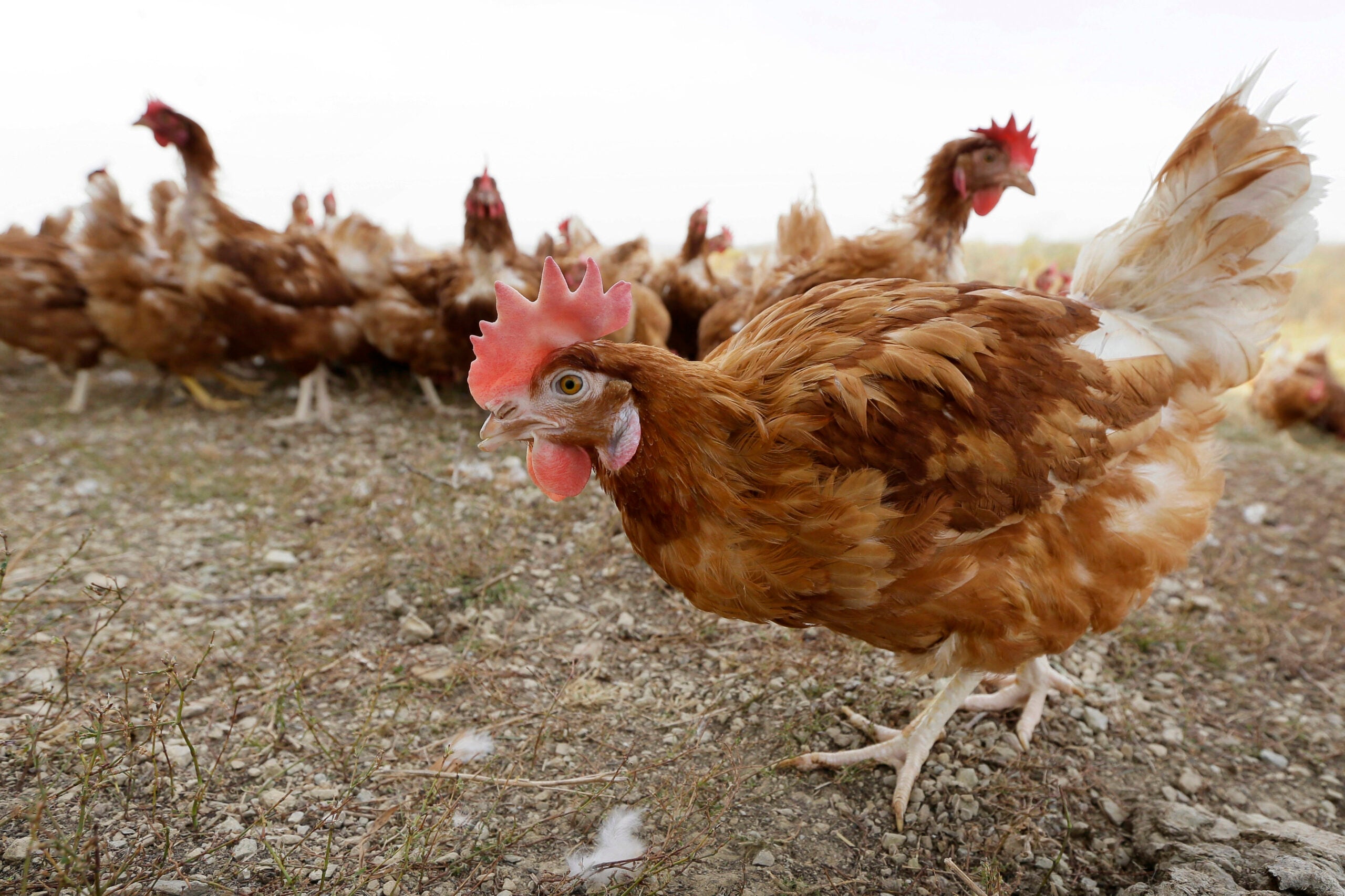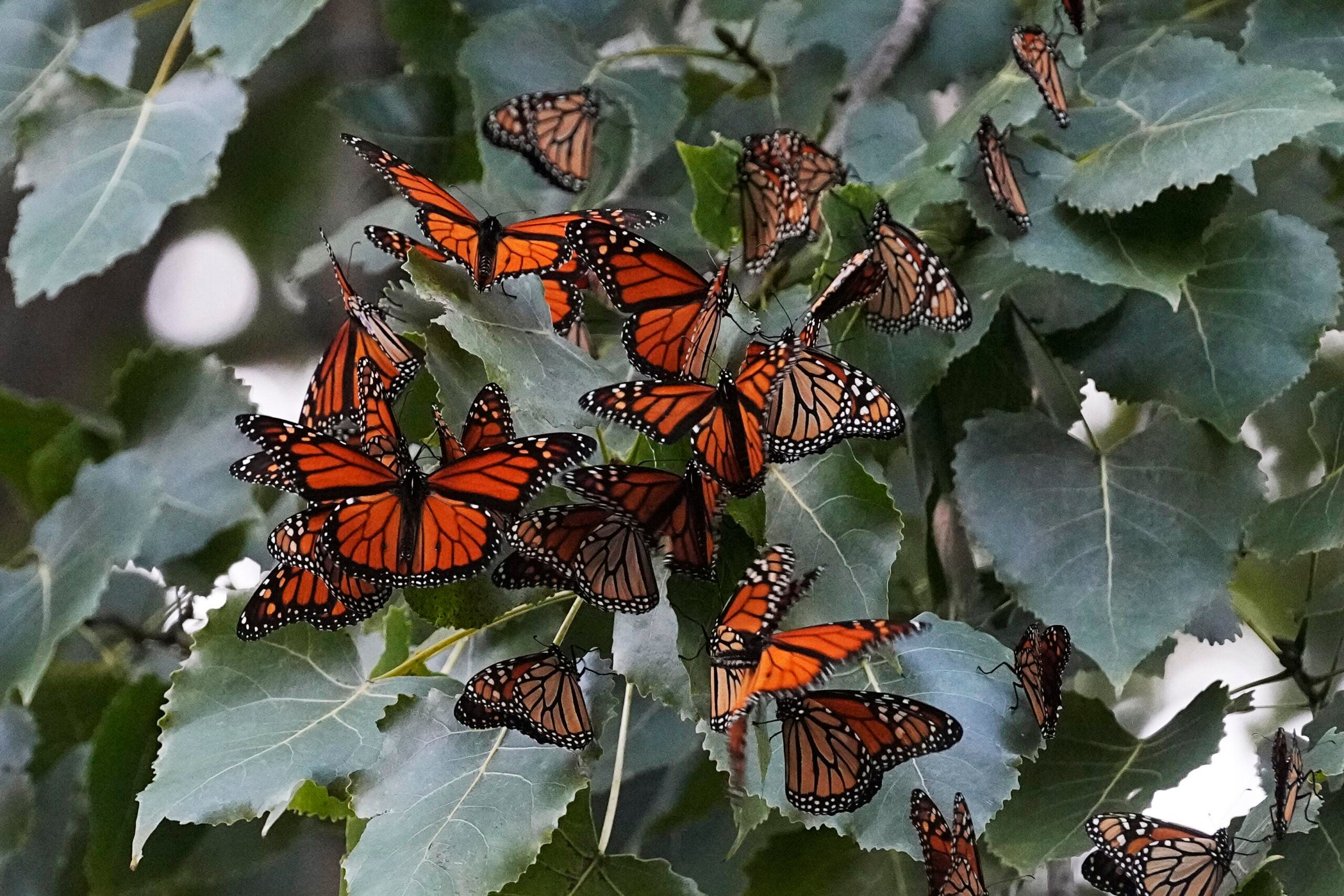The head of a conservancy in Kaukauna said last week that her environmental center hasn’t suffered much directly from the recent strain of avian influenza, but she offered advice to limit its reach on the local ecology.
Debra Nowak is the director and a naturalist at 1000 Islands Environmental Center, a 350-acre area on the Fox River.
Wisconsin Public Radio reported this week that the latest outbreak of the avian flu already reached a higher number of non-commercial cases than the state saw in 2015, the year of its previous outbreak.
News with a little more humanity
WPR’s “Wisconsin Today” newsletter keeps you connected to the state you love without feeling overwhelmed. No paywall. No agenda. No corporate filter.
READ MORE: This year’s bird flu epidemic impacting more backyard flocks than in 2015
Nowak gave advice for how bird owners should handle suspected cases and what people should do about their backyard feeders. She also joined WPR’s “The Morning Show” recently to share advice for those interested in birding and how climate change affects birds.
This interview was edited for brevity and clarity.
Kate Archer Kent: How has bird flu affected flocks in your area?
Debra Nowak: We have not directly seen a lot of impact from that.
It’s out there, but we’re certainly not seeing any big masses of dead birds at all. Here, we’re really trying to figure out what the effect is going to (be) in the long term. We’re seeing a lot of ducks, waterbirds (and) shorebirds. Those are the prime species that are being affected. But then, anybody who is familiar with ecology knows everything is always connected.

So, with these animals or these birds (being) part of the food chain, how is it affecting the animals that are feeding on those birds? Bald eagles, potentially pelicans. We even have the scavengers: The crows are starting to become affected as well. So, we’re keeping a close eye on that.
KAK: What can people do to protect this interconnected ecosystem?
DN: One of the biggest things is to just be some eyes and ears on the ground. The DNR is pretty on top of this — studying, collecting dead animals that fit that correct description of possible avian influenza. But they’re not everywhere and they can’t be out all the time. So, if citizens see dead or sick-looking birds that are in that group — we’re talking waterfowl, including ducks and geese, waterbirds and shorebirds — to really contact the DNR. There is a hotline that people can call (608-224-4872 during business hours and 800-943-0003 on evenings and weekends) and email address (datcpanimalimports@wisconsin.gov) that they can send a report into.
KAK: What would you tell people about backyard bird feeders?
DN: Here at 1000 Islands, we are just stressing the information that’s coming out (from) the experts, especially the DNR. And right now, there has been no indication that this disease is prevalent in our songbird populations. So, we are not recommending anybody take down backyard bird feeders. It’s migration, so we’re still hoping you’re supporting those migratory birds the best you can.
The only exception of that is if your feeder is in a location where you do commonly get ducks and turkeys congregating. That would be an instance that maybe you want to take them down. This is a communicable disease, so we want to try to prevent it spreading in groups.
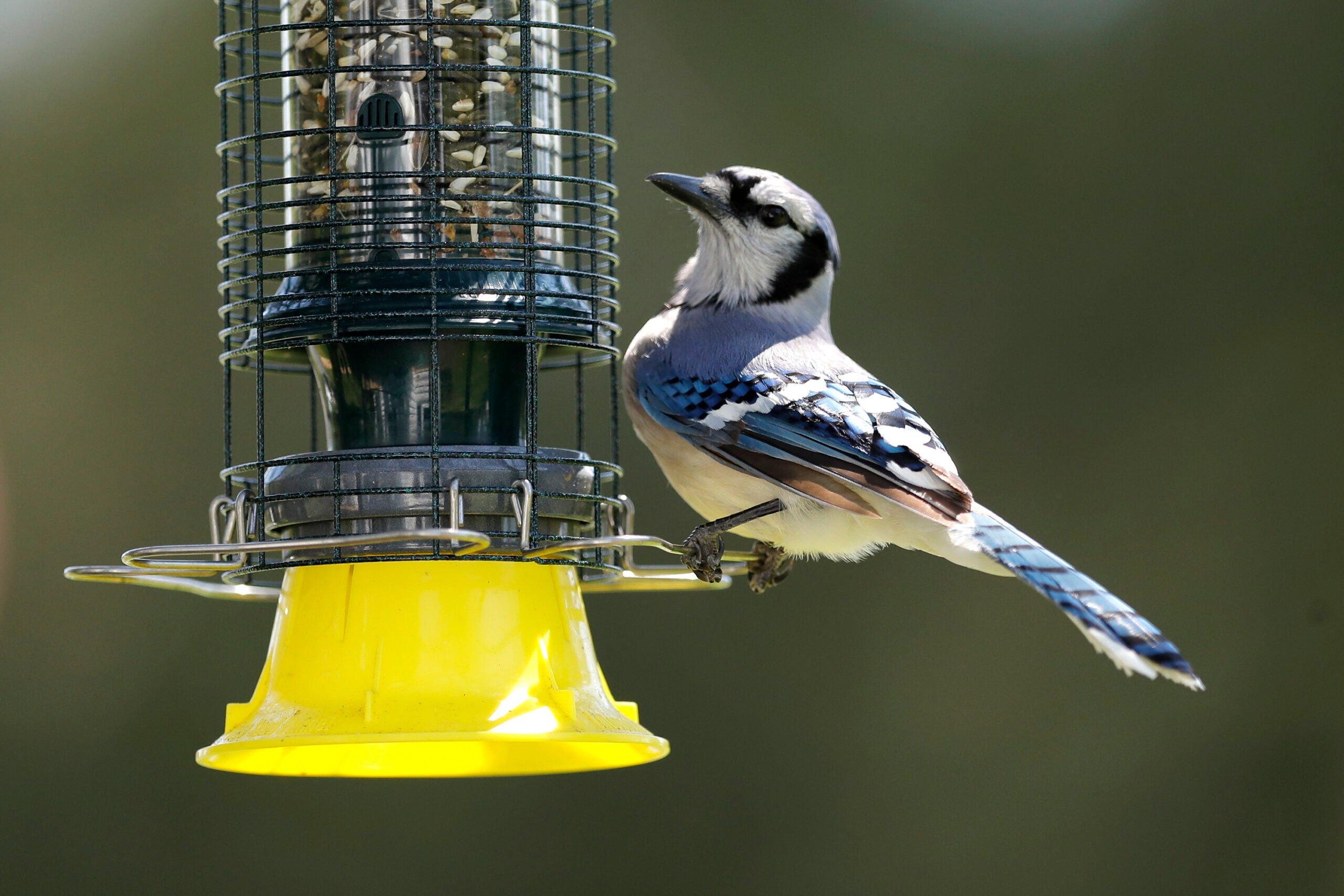
KAK: You’re on the banks of the Fox River. Tell us about what you’re seeing now?
DN: Everything changes every day. We’re in an explosion of spring right now. We are really getting into migration. We had someone come do an eBird report, (which is) going out birding on the property and then they report in as citizen science what they saw. In one day alone, they spotted 52 different bird species.
We have a lot of ducks migrating through. We are starting to see warblers coming through. It is a flurry of activity when it comes to birds. Spotting our first gosling group of the season. Haven’t seen ducklings yet, but the goslings are out. One of my absolute favorites, every day I walk the trail (and) I see new spring wildflowers blooming. So, it has been a long, dreary winter, but we’re starting to see some excitement here.
KAK: How has the pandemic affected the crowds you’re seeing?
DN: I think the pandemic really was an eye-opener for the general public on the benefits of having natural areas like 1000 Islands. We were inundated with visitors, especially during (the) “Safer at Home” order. Our parking lot was full. Our trails were crowded.
It is such a stress reliever, a mood booster, physical activity. … Hopefully people remember that as we all get back to our busy, overscheduled lives, that they can still come back and just destress and recenter themselves by a quick visit to a nature area.
KAK: Some birds are rebounding in population in the state, such as the bald eagle and the snowy owl. What’s contributing to their success?
DN: Habitat is really one of those main key components (for) birds surviving and thriving. For bald eagles, there has been a lot of efforts in the previous decades cleaning up, especially our river habitat. So now these eagles are able to find ample food sources — clean food sources — and they are able to thrive because of that. We have over two dozen nests throughout the Fox Valley area right along the river. It’s just fantastic to see them doing well. It’s a sign that we are making better choices. We’re putting in proper protections for our wild bird populations, and we’re cleaning up the habitat that they live in.
KAK: How does climate change affect the bird populations in your region?
DN: That is being studied. But what we’re starting to see is you can actually see a difference in migrations — the times that they’re migrating, the food that’s available as they’re migrating. Storms that (affect) migration (are) a direct effect from climate change and causing a lot more bird mortality.
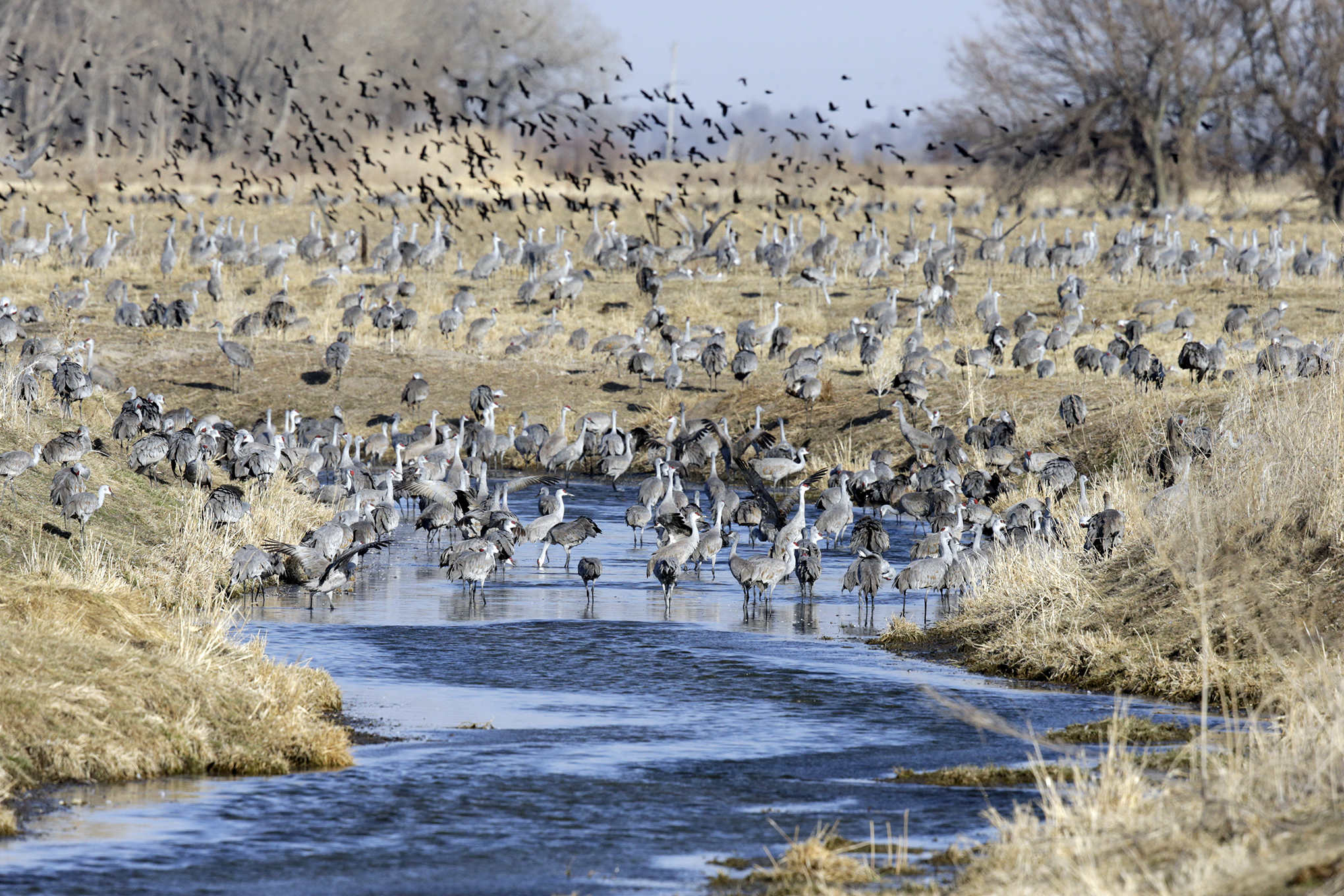
KAK: How can we become more active bird watchers?
DN: Citizen science projects are one of the best ways for the average person to become involved and have an impactful contribution toward conservation and our environment. So, eBird is a very, very simple thing that anybody who enjoys birding can become part of. Simply, you’re reporting in what birds you see, where you are and the number of that species that you have. So, that data helps us track bird populations. It helps us track migration patterns and migration timing. It helps put out some red flags if we see any drastic reduction in these bird populations.
KAK: What advice would you give to first-time birders?
DN: Join a local birding club. There are birding clubs all throughout the state. Join them. Show up at a meeting. They usually have group field trips, if you will, where people get together in a similar location and go out birding together. Find that birding mentor, hang out with somebody that’s a little bit more experienced that has a wealth of information. Also, search your local nature centers. Many of them do offer nature hikes or birding trips.
Wisconsin Public Radio, © Copyright 2026, Board of Regents of the University of Wisconsin System and Wisconsin Educational Communications Board.
